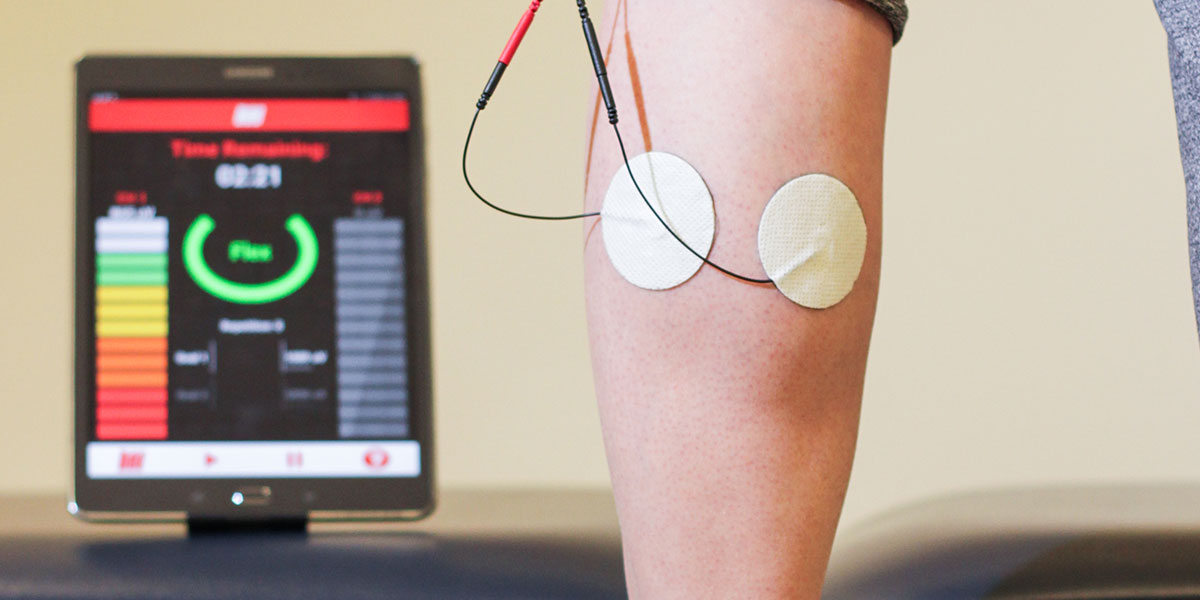Utilizing the Potential of Biofeedback to Revolutionize Persistent Pain Control and Enhance Standard of Life
Chronic pain is a condition that affects millions of individuals across the world. It can be caused by multiple elements, including injuries, diseases, or even stress. For many patients, managing chronic pain can be a constant challenge that impacts their standard of life. Traditional treatments often include drugs, physiotherapeutic therapy, and occasionally surgery. However, these methods do not always offer the relief that individuals desire. Recently, biofeedback has surfaced as a promising alternative for managing chronic pain and enhancing overall well-being.Biofeedback is a technique that teaches patients how to manage specific bodily functions by utilizing signals from their own physiology. This approach involves using sensors that monitor physiological functions such as heart rate, muscle tension, and skin temperature. By offering real-time feedback, individuals can learn to recognize their body's reactions to pain and stress. This consciousness allows them to formulate strategies to manage their pain more efficiently. For example, if a person observes that their muscle tension increases when they are in pain, they can practice relaxation strategies to help alleviate that tension.

One of the key advantages of biofeedback is that it enables individuals to take an proactive role in their pain control. Instead of depending solely on medications or treatments from healthcare providers, individuals can learn to comprehend and regulate their own physiology. This feeling of control can lead to enhanced confidence and a more optimistic outlook on life. Many individuals report feeling more in charge of their pain and less like victims of their condition. This shift in perspective can substantially improve their standard of life.
Studies has shown that biofeedback can be effective in reducing chronic pain symptoms. Studies indicate that patients who use biofeedback methods often undergo less pain and better physical ability. Additionally, biofeedback can help lessen anxiety and stress, which are frequent concerns for those dealing with chronic pain. By tackling both biofeedback for addiction recovery the physical and emotional aspects of pain, biofeedback provides a comprehensive approach to pain control. This integrated method can lead to superior outcomes for patients, allowing them to participate more completely in their routine activities.
In conclusion, biofeedback is a significant tool for revolutionizing chronic pain control. By teaching individuals to understand and regulate their physiological reactions, biofeedback enables individuals to take charge of their pain. This method not only helps alleviate pain but also enhances overall quality of life. As more individuals seek alternatives to traditional pain control methods, biofeedback emerges as a potential option. With continued research and awareness, biofeedback could become an integral part of chronic pain treatment, helping individuals lead healthier, more satisfying lives.